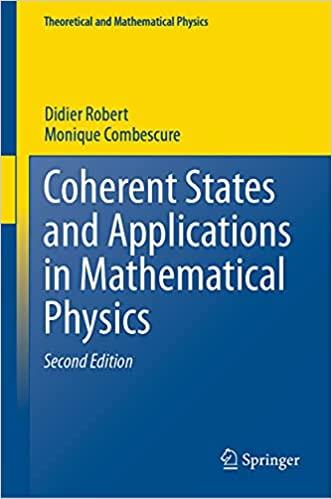Question
The dropper popper inverted or not has constant energy no matter where it was dropped from, but adding the ping pong ball to the popper
The dropper popper inverted or not has constant energy no matter where it was dropped from, but adding the ping pong ball to the popper adds weight. When the popper is inverted it allows the ball a resting place, where energy can be transferred from one item to another. The results in the poppers inversion adds more weight creating energy from the ping pong ball; in return adding weight allows the popper to bounce a lot higher than if the ping pong ball wasn't added.
The woodpecker on a pole, uses different energy while in a constant repetitive motion. In the beginning of the video you have a woodpecker mechanism, explaining conservation of energy. While the woodpecker is held into place using force between both the pole and the sleeve the woodpecker is set into motion. Before each impact the slider breaks free from the poles friction and the impact from the beak allows the grip on the sleeve to be released from the pole; then the net force, gravity and spring coordinate causes acceleration and forms a repeating motion downward.
This week our topic is conservation of energy. The Law of Conservation of Energy states that energy can not be destroyed, it is transferred or stored. Since energy is described as the ability to do work, it is saying that the force exerted on one object is equal to the energy produced during the interaction.
During the first experiment the popper is dropped from a distance then pops back up after striking a surface. Eventually it pops upward in the air after being dropped. The energy transfer here occurs when the potential energy of the popper builds as it is pulled up in elevation and turns into Kinetic energy when it drops, strikes the surface, then pops upward again. So potential energy to kinetic, and nothing is lost, and the potential energy is stored again. When the ping pong ball is added it shows another energy transfer. The potential energy from the popper turns to kinetic like in the first, however adding the ball shows how the kinetic energy from the popper also transfers energy to the ball when it pops up as well.
The second video shows a Woodpecker on a pole sliding down when a spring device. Every time the woodpecker is pulled back, the beak strikes the pole back and forth, causing it to slide down the pole. Potential energy is created when the woodpecker is pulled back and then converted to kinetic energy. When it strikes the pole it is converted back into potential energy and the spring recoils pulling the woodpecker back to strike again. This shows how the energy teeter-totters back and forth between potential and kinetic energy. Another factor that contributes to how much energy is stored or converted during movement down the pole in this situation is the friction. When the woodpecker isn't moving, it has stored potential energy.
please respond to both statements separately. One is in bold to depict the two.
Step by Step Solution
There are 3 Steps involved in it
Step: 1

Get Instant Access to Expert-Tailored Solutions
See step-by-step solutions with expert insights and AI powered tools for academic success
Step: 2

Step: 3

Ace Your Homework with AI
Get the answers you need in no time with our AI-driven, step-by-step assistance
Get Started


